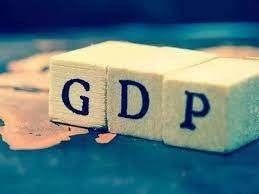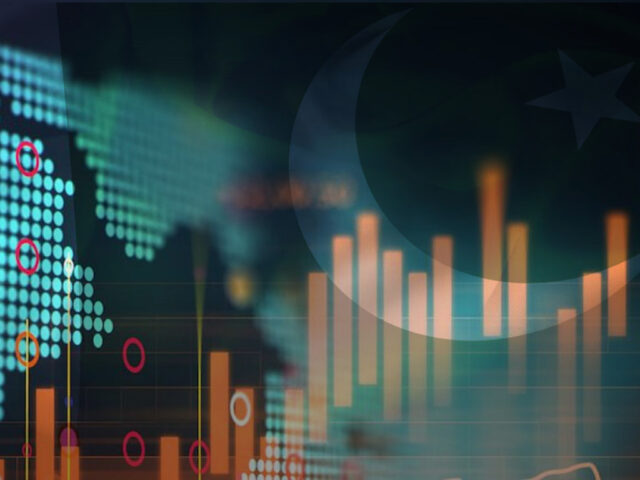Kambojaric
MODERATOR

- Joined
- Apr 6, 2010
- Messages
- 5,480
- Reaction score
- 16
- Country
- Location
There is little doubt that the size of Pakistan’s economy is understated. Many economic indictors such as per capita income and debt levels depict bleaker picture than the situation on the ground reflects. When size of the economy is understated, it makes debt to GDP ratio appear unsustainable, in turn weakening government’s bargaining power with lenders such as IMF.
One strong indicator about economic activities in any economy is national electricity consumption. Most readers would be surprise to find out that per capita grid electricity sales are 25-30 percent higher in Pakistan than in Bangladesh. Many commentators point out that GDP per capita has become higher in Bangladesh over the last decade. But it is pertinent to note that while electricity consumption is based on actual data, GDP of any economy is based on many assumptions and estimates and is based on the level of documentation in any economy. Ergo, it would appear that the level of documentation in Bangladesh is significantly higher in Bangladesh than in Pakistan.
Yet, infrastructure and construction actives are significantly greater in Pakistan than in Bangladesh. Domestic annual cement sales in Pakistan are at 48 million tons against 33 million tons in Bangladesh; in per capita terms, the spending is 10 percent higher in Pakistan. Existing road infrastructure is also of better quality and much more extensive in Pakistan (although latter may also be an indicator of greater geographic area). Similarly, number of passenger vehicles in Pakistan – including much more pertinent, vehicle per 1000 persons – is also higher.
The purpose, of course, is not to undermine the economic performance of Bangladesh, and the significant gains made by that country in past two decades. However, it is equally important to engage in undercutting ourselves. Anecdotal evidence suggests that the widely held perceptions of smaller size of economy – exacerbated by lower growth rate in recent years – also contributes to brain drain; as skilled workers seek opportunities elsewhere due to bleak outlook.
Pakistan conducted its last GDP rebasing exercise in 2005-06. GDP rebasing becomes due every ten years, yet it has been much delayed since. Since the PTI government took office, work has been undertaken on the same for the last two years. Yet, the problem is that the post of chief statistician has been vacant for over three years. There are many sectors which have experienced mushroom growth since the last rebasing exercise was completed, and they are not fully recorded in GDP. For example, the value addition segment of textile industry is not recorded in official GDP. Similarly, packaging across many industries is not included. Economic activities is simply much greater than what the official estimation represents.
Then the undocumented cash economy is also growing fast. The velocity of money (computed as nominal GDP divided by broad money – M2) is down from the average of 2.6 during FY10-14 to 2.1 percent during FY17-21. The velocity in any country doesn’t change so abruptly. The catch lies in clamping down on cash economy. The currency in circulation kept on growing since 2015, and falling velocity implies that cash is not coming back into the system. It is turning into a mini-economy unto its own.
The excess average annual CIC (difference between the average CIC/M2 ratio in FY18-21 at 28% to FY10-15 ratio at 22%), of Rs1.2 trillion could have generated undocumented GDP of Rs3.1 trillion at the historic velocity of 2.6. In comparison to Bangladesh (CIC/M2 at 13%), Pakistan’s cash economy is double the size.
Planning ministry must bring life to the Bureaus of Statistics (PBS) and speed up GDP rebasing. Once its done, apples can be compared to apples, which can also help restore Pakistan’s negotiating position with global lenders.

GDP rebasing: no more delays!
There is little doubt that the size of Pakistan’s economy is understated. Many economic indictors such as per...
www.brecorder.com







